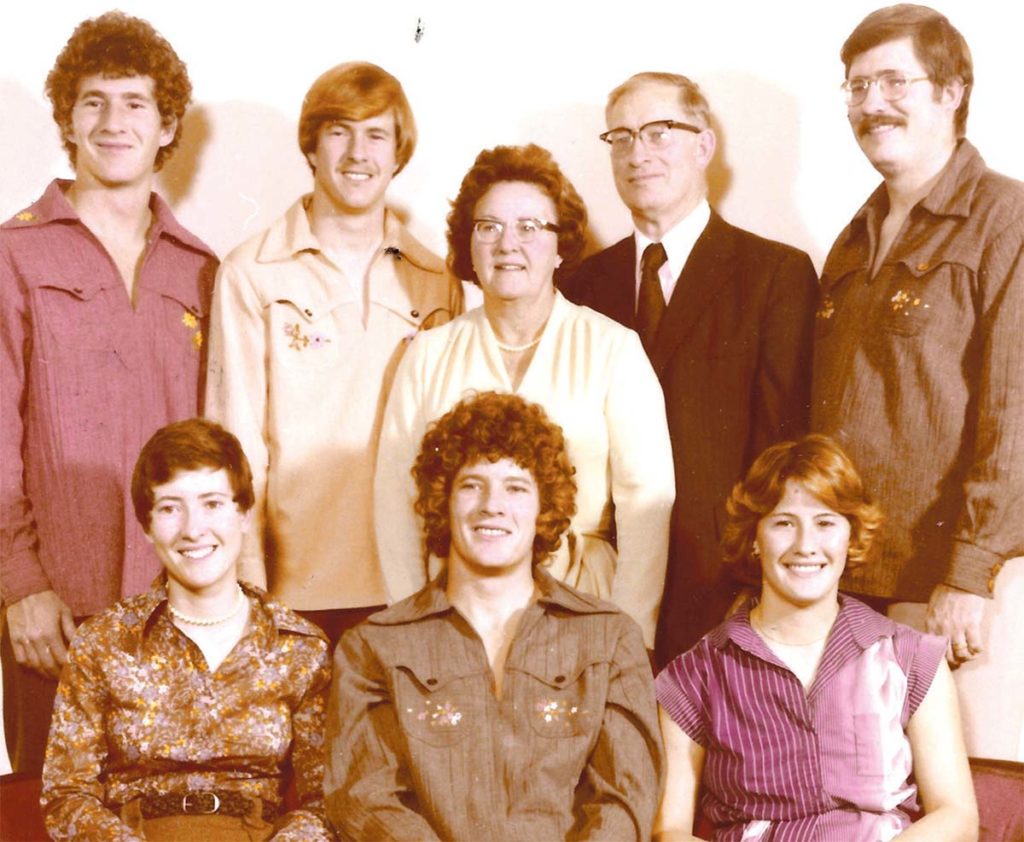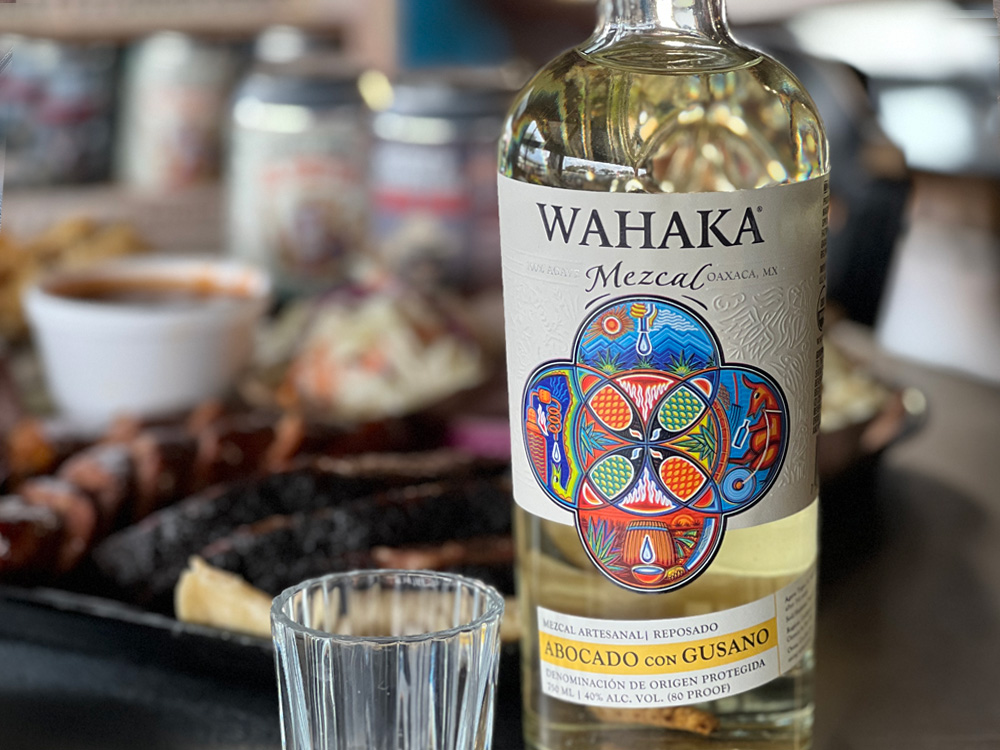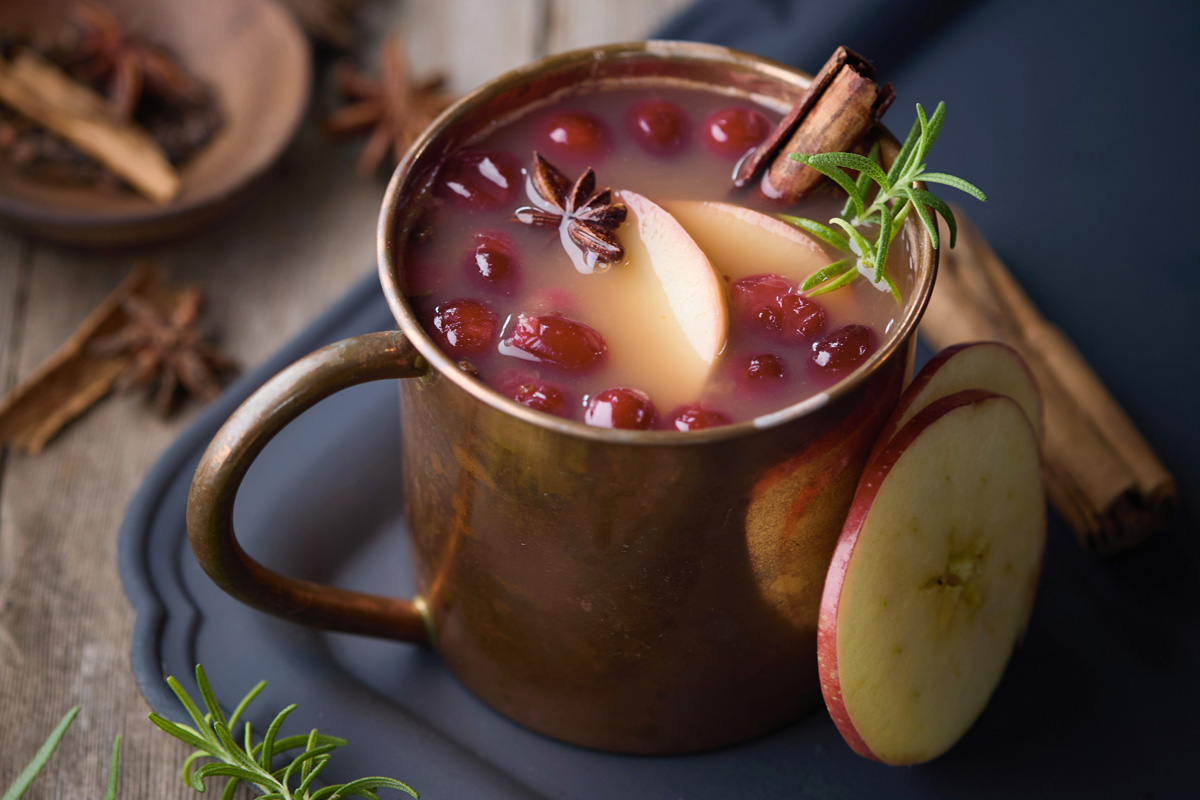Good manners still matter – so we found an expert to help us all be at our best throughout the upcoming holidays. After Thanksgiving in 1972, a thoughtful mother wrote these words to her childern – a timeless guide to help them navigate practically any social situation with grace. Mr. Bob Buckles, her son, explained she wrote the letter because she was unhappy about the way they behaved at dinner that day. He shared her words with the world in a newspaper many years ago, a clipping I’ve kept in a prominent place in my own kitchen ever since.
Mare than forty years after the letter was first published, I asked Mr. Buckles if we could share his mother’s words with our readers for Thanksgiving. Without a doubt, it is the best summary of what to do (and not to do) at the dinner table. Perhaps with this printing, new clippings will adorn kitchens across San Antonio, helping other mothers teach their children about good manners and the importance of considering others – especially on Thanksgiving Day.
Mrs. Helen Buckles’ message is reprinted here with permission from her son and daughter, Mary Anne Buckles. Enjoy these tips for the dinner table, thanks to Mrs. Buckles.
“It was brought to my attention Thanksgiving Day that I had failed to teach you, my children, certain rules of table manners. Lest you go through life in such a state, I will now try to rectify my gross error by setting down for you a few simple rules. Remember, table manners, as all other kinds of manners, have as their basis consideration for others.

- Come to the table promptly when the hostess calls you. Food tastes better when it is hot.
- Sit at the table with the four legs of the chair flat on the floor. Sit straight, with your feet in front of you.
- Sit quietly with your hands in your lap until after the blessing or until the hostess starts passing the food.
- Wait for the food to be passed to you.
- As soon as the food is passed to you, take some and pass it on. Never leave a serving dish beside your plate. Wait until all of the food has been offered before you begin to eat.
- Never butter your bread directly from the butter dish. Put butter on your butter plate, break the bread apart, and spread.
- Do not talk with your mouth full.
- Do not make biological noises or blow your nose at the table.
- Keep your elbows off the table and one hand in your lap.
- Never wave silverware around while you’re eating.
- Do not use your finger to push food onto your utensil.
- Do not lick your fingers or wipe your hands on the tablecloth.
- Don’t stuff your mouth with food. Make use of your napkin so you don’t offend others with halfchewed food oozing out the corners of your mouth and down your chin.
- Keep the conversation pleasant.
- Allow your hostess plenty of time to finish her meal before serving dessert.
- After the main meal is over, help clear the table before dessert is served. Leave the water glasses, cups and saucers.
- Never pick up a dessert dish and hold it in your hand while you eat.
- Never eat and run. Remain at the table until the hostess suggests you go elsewhere. Children may ask to be excused.
- Offer to help with the dishes. In a very formal atmosphere, this would not be true, but in most cases, it’s acceptable. Don’t insist on helping if the hostess doesn’t want help.
- Always thank the hostess for the invitation. If you can honestly do so, compliment her on the cooking.






